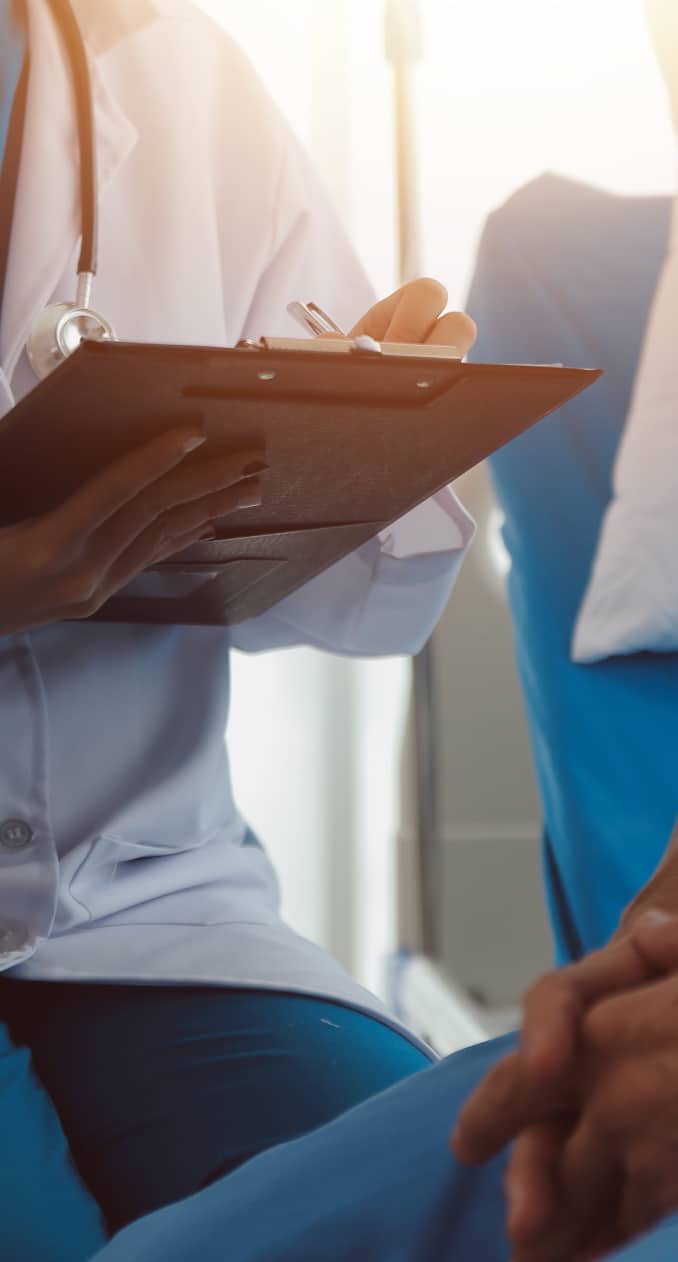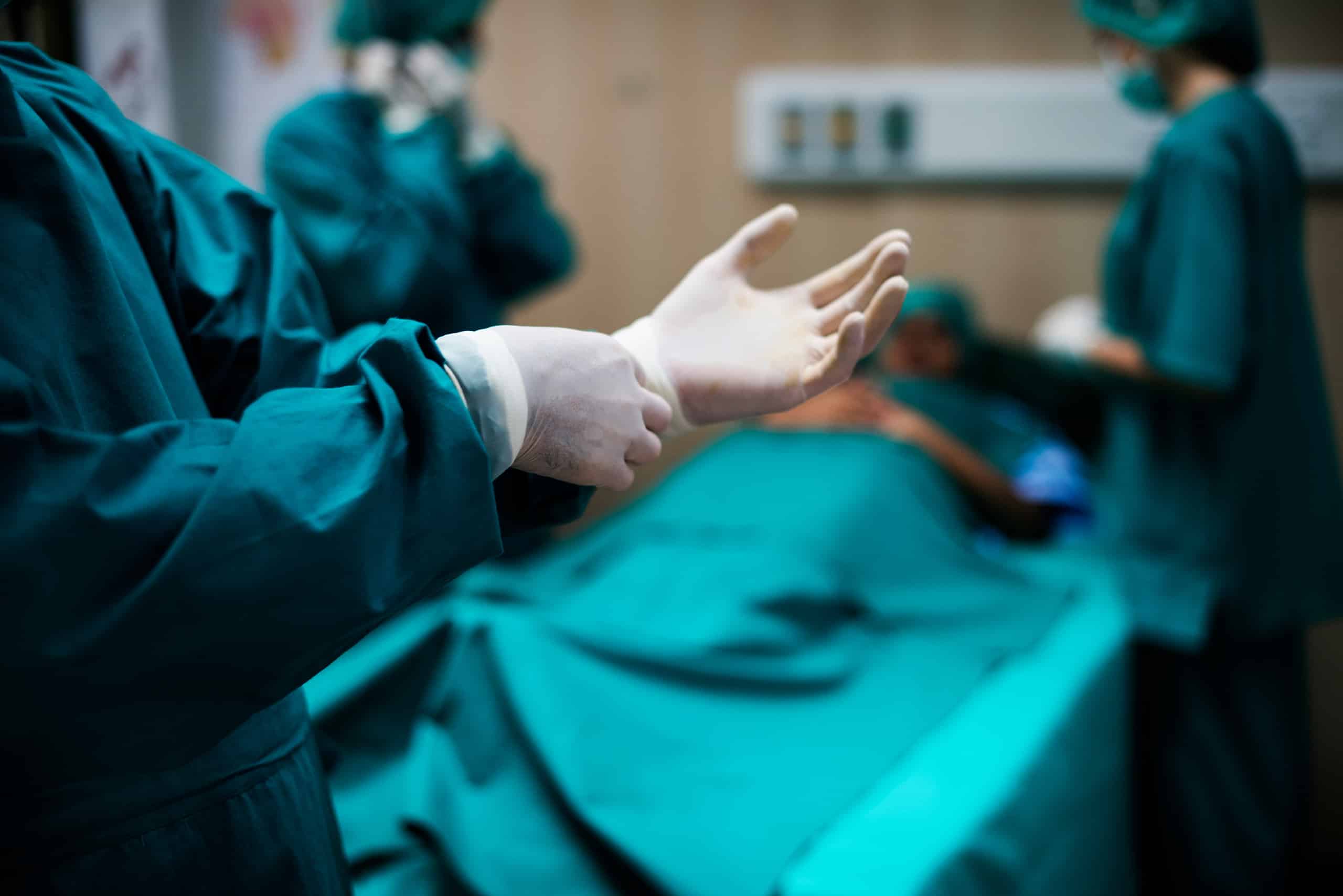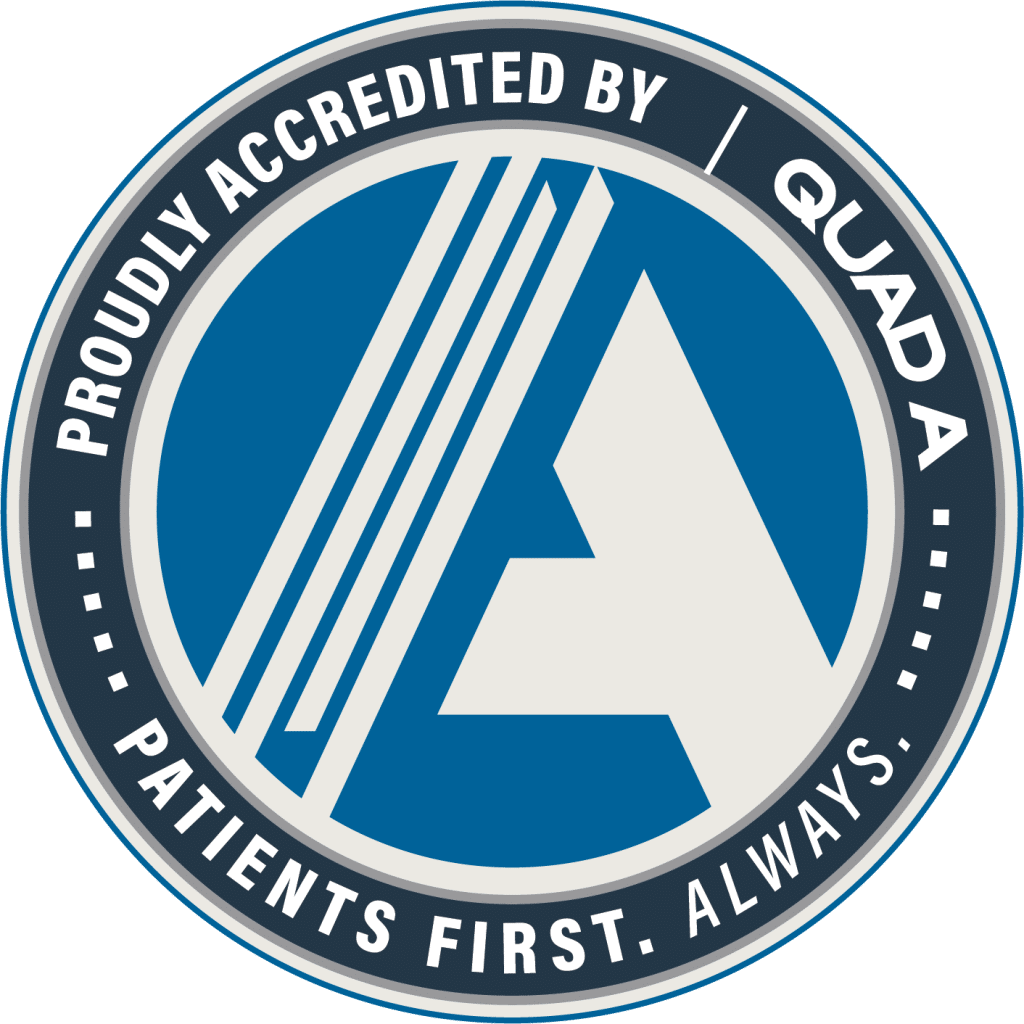Artery Disease
Peripheral Artery Disease Treatments by Specialist in Los Angeles


Diagnosing peripheral artery disease is simple and painless since pulses in the legs and feet can be felt upon physical exam. However, the ankle-brachial index (ABI), which compares the blood pressure in the ankle with the blood pressure in the arm, serves as the most common diagnostic tool since it is more accurate than a standard pulse exam. This can also be combined with a non-invasive arterial duplex ultrasound, which allows us to look inside the arteries in an effort to track the flow of blood towards the feet, as well as identify any plaque buildup or blockages. For severe peripheral artery disease, an angiogram can allow a doctor to see the exact location of a blockage and if indicated, has the advantage of allowing treatment to be rendered at the same time.
A simple, non-invasive test comparing blood pressure in the ankle and arm to detect PAD.
An imaging technique that visualizes blood flow and identifies blockages.
Treatment Options
At VCSLA, we offer a range of personalized treatments to address Peripheral Arterial Disease (PAD), including:

01
Lifestyle Modifications
Smoking cessation, supervised exercise programs, and weight management to improve overall vascular health.

02
Cutting-Edge Technologies
Innovative options like atherectomy remove arterial plaque through a small skin puncture, avoiding large incisions.

03
Medical Management
Antiplatelet medications (e.g., aspirin, Plavix), cholesterol-lowering statins, blood pressure control, and glucose management for diabetics.

04
Revascularization
Advanced procedures to restore blood flow, including surgical bypass or minimally invasive endovascular repairs with angioplasty or stenting.
Studies show that PAD affects 5% of people between the ages of 60-69, and 15% of those 70 years of age or older. Peripheral artery disease is also likely to be a sign of a more widespread accumulation of fatty deposits in your arteries (atherosclerosis). The 5-year mortality rate for someone with PAD can be as high as 30%.
Risk Factors
The risk factors for developing carotid stenosis are similar to those for developing other forms of vascular disease and include:
- Age
- Smoking
- High Blood Pressure
- Cholesterol Diabetes
- Obesity
- Sedentary lifestyle
- History of other cardiac or vascular disease
Symptoms
The most common symptom of peripheral artery disease is called “claudication,” which is pain or cramping in the thighs or calves when walking, though some people may have no symptoms at all.
Other symptoms include:
- Painful cramping in your hips,
- Buttocks, thighs, or calves after activity, which is relieved with rest and reproducible when activity resumes ("claudication")
- Leg fatigue or heaviness
- Pain in your feet while at rest, usually on top of the foot
- Numbness or tingling in your legs or feet Loss of hair on lower legs or toes
- Poor nail growth on toes
- Coldness in lower legs or feet
- Sores on your toes, feet, or legs that heal slowly or not at all
- Change of the color of your legs or feet- pale or bluish
- Weak pulse in your legs and feet
The team at VCSLA is incredible! They took the time to explain my treatment options and made me feel completely comfortable. I’m grateful for their expertise and compassionate care.
Mei Saeng
Beverly Hills, CA
Dr. Cheung and Dr. Lin are truly experts. They guided me through every step of my procedure, and the results have been life-changing. I feel healthier and more confident than ever!
Michael Thompson
Anaheim, CA
From the first consultation to my follow-up appointments, the entire experience at VCSLA has been exceptional. The staff is attentive, and the doctors genuinely care about their patients.
Cynthia Gutiérrez
La Jolla, CA
Our commitment to excellence in vascular health is backed by our team’s extensive credentials, advanced treatment options, and a proven history of successful outcomes. From state-of-the-art technologies to compassionate, personalized care, we prioritize your well-being at every step of the journey.
- Board-certified specialists with decades of combined experience in vascular care.
- Proven success stories with patients experiencing improved mobility, faster healing, and better quality of life.
- Cutting-edge diagnostic and treatment technologies tailored to your specific needs.

Our expert team is here to provide personalized care and advanced treatment options tailored to your unique needs.
Schedule your consultation today and take the first step toward better vascular health.